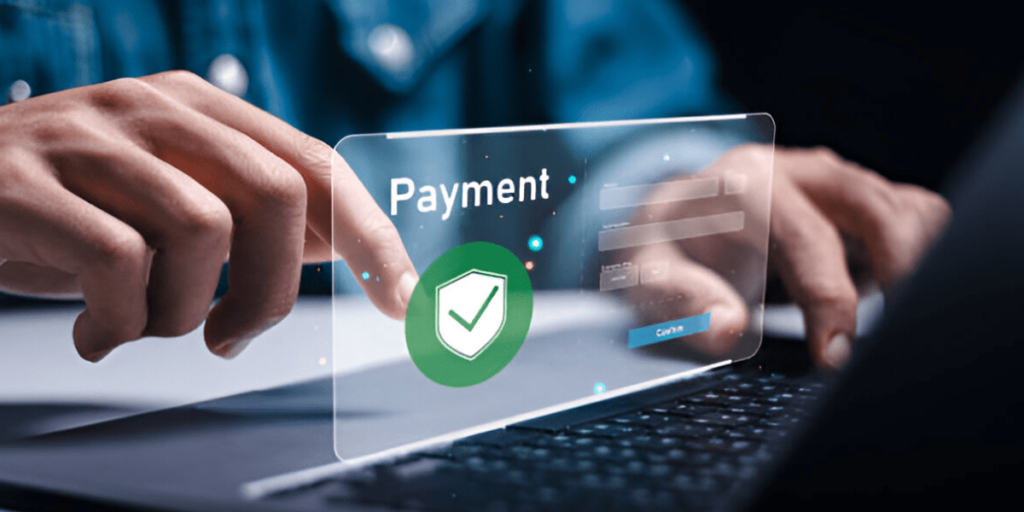The foundation of any effective lead generation strategy is knowing exactly who you’re targeting. This involves building detailed buyer personas that define demographics, behaviors, pain points, and goals. By narrowing your focus to the right audience, your marketing becomes more tailored and efficient. Instead of casting a wide net, you’re fishing with precision, drawing in prospects who are much more likely to convert. Understanding who your product or service is best suited for lets you create messages that resonate and attract attention from the people who matter most.
Leverage Content Marketing
Content marketing is a long-term strategy that builds trust while educating your audience. When you create valuable content—blog posts, whitepapers, case studies, videos, or infographics—you position your brand as a helpful authority. The key is to align your content with the buyer’s journey, offering information that speaks to each stage of their decision-making process. Top-of-funnel content should attract attention, while mid- and bottom-funnel content should guide and convert. Quality content doesn’t just generate leads—it warms them up before they even talk to you.
Optimize Your Website for Conversions
Your website isn’t just a digital brochure—it’s a lead conversion machine if optimized correctly. Clear calls to action (CTAs), fast-loading pages, easy navigation, and mobile-friendly design all contribute to a smooth user experience. Lead capture forms should be visible and frictionless, asking only for essential information. Using pop-ups, chatbots, and exit-intent offers can also increase conversion rates. A/B testing different elements, like CTA buttons and headlines, helps you understand what drives results and allows for continuous improvement.
Use Email Marketing Wisely
Email remains one of the most powerful tools for lead generation when done correctly. Start by building a clean, permission-based email list. Offer something of value—a free guide, template, or discount—in exchange for their email. Once you’ve captured that lead, nurture them with a drip campaign tailored to their interests or stage in the funnel. Segment your list to send relevant messages, and personalize content for better engagement. An effective email strategy doesn’t just generate leads; it moves them down the funnel toward conversion.
Tap into Social Media Channels
Social platforms like LinkedIn, Instagram, Facebook, and X (formerly Twitter) can drive quality traffic when used strategically. Sharing content, engaging in conversations, and using targeted ads can all generate leads. LinkedIn, in particular, is powerful for B2B lead generation, offering tools like Sales Navigator and the ability to connect directly with decision-makers. Use each platform according to its strength—Instagram for visuals and storytelling, LinkedIn for networking and industry authority, Facebook for community building, and X for real-time conversations and thought leadership.
Run Paid Ad Campaigns
Paid advertising, when properly executed, brings quick results. Platforms like Google Ads and Meta Ads (Facebook/Instagram) allow you to target audiences based on interests, behaviors, and demographics. PPC campaigns can send traffic to a landing page built to convert, especially when paired with compelling ad copy and a strong offer. Retargeting is another smart play—re-engaging visitors who didn’t convert the first time. The success of paid ads hinges on tracking, testing, and optimizing. Without data, you’re spending in the dark.
Offer Lead Magnets

A lead magnet is something valuable you give away for free in exchange for contact information. Examples include ebooks, templates, webinars, checklists, or free trials. The more relevant and useful the magnet is to your ideal customer, the more likely they are to opt in. A good lead magnet solves a specific problem or fulfills a desire. It’s also a chance to showcase your expertise and start a relationship with your potential customer. Don’t forget to create a dedicated landing page for each lead magnet to increase conversions.
Host Webinars and Live Events
Webinars and live sessions offer an interactive way to connect with potential leads and demonstrate value. Whether you’re providing educational content, product demos, or industry insights, live events help establish authority and build trust. Use registration forms to collect attendee data, and follow up with attendees afterward to keep the conversation going. These formats create a two-way engagement channel where you can answer questions, handle objections, and guide attendees toward your offer in real-time.
Partner with Influencers or Industry Voices
Influencer marketing isn’t just for B2C anymore. Collaborating with thought leaders or micro-influencers in your niche can significantly boost your visibility and lead generation efforts. These individuals already have the trust of your target audience, so their endorsement carries weight. Choose influencers whose followers match your buyer persona, and create authentic campaigns—guest blog posts, podcast interviews, or co-hosted webinars—that provide mutual value. Strategic partnerships can introduce your brand to new audiences without starting from scratch.
Utilize SEO for Long-Term Gains
Search engine optimization (SEO) ensures your content is discoverable by people actively searching for what you offer. Organic search traffic is highly valuable because it’s intent-driven—leads come to you, not the other way around. Keyword research, on-page optimization, quality backlinks, and technical SEO all contribute to higher rankings and visibility. A consistent SEO strategy attracts steady traffic over time and reduces reliance on paid channels. When your site appears on the first page of search results, you’re viewed as more credible and authoritative.
Create High-Converting Landing Pages
A landing page is where you turn traffic into leads. Each campaign—whether it’s from ads, emails, or social media—should have a dedicated landing page designed with one goal in mind: conversion. Keep it focused, remove distractions, and ensure your CTA is clear and compelling. Highlight the value of your offer, use persuasive copy, and include trust signals like testimonials or social proof. Testing different elements of your landing page can help optimize performance and increase the number of leads captured.
Engage in Community and Forums
Online communities, forums, and niche platforms like Reddit or Quora can be valuable lead sources if approached authentically. Instead of spamming links, provide genuine value by answering questions and contributing to discussions. Over time, people begin to recognize your expertise and may follow you to learn more. This approach builds brand awareness and attracts organic leads who trust your input. It’s a slower method but creates high-quality relationships with potential customers already interested in your industry.
Implement a Referral Program
Word-of-mouth is still one of the most trusted marketing methods. A referral program encourages existing customers to bring in new leads by offering rewards, discounts, or recognition. This works because referrals come with built-in trust. Make it easy for customers to share your brand, provide them with tools or templates, and promote the program regularly. When your happy clients become brand advocates, they not only refer more people but also stay more loyal to your brand themselves.
Use CRM and Automation Tools
Customer relationship management (CRM) systems and marketing automation tools streamline your lead generation and nurturing process. Tools like HubSpot, Salesforce, or Zoho allow you to track leads, segment your audience, score their behavior, and automate follow-ups. This ensures no lead falls through the cracks and helps you maintain consistent communication. Automation also frees up time for your team to focus on high-impact tasks while the system handles the repetitive stuff behind the scenes.
Track, Test, and Improve Constantly
Lead generation isn’t a one-and-done task—it’s an ongoing process that requires monitoring and refinement. Use analytics tools to track what channels and tactics are bringing in leads, and dig into conversion rates, cost-per-lead, and time-to-close. A/B test everything from headlines to CTA placement, and use what you learn to improve future campaigns. The market and buyer behavior change constantly, so your lead generation strategy must evolve with it. What worked last year may not work tomorrow.
Final Thoughts
A strong lead generation strategy is never about doing one thing—it’s about layering multiple tactics that support each other. By mixing short-term wins like ads and email campaigns with long-term efforts like SEO and content, you create a balanced system that keeps your sales pipeline healthy. Focus on quality over quantity, nurture your leads with care, and always keep learning from your data. With the right strategies in place, lead generation becomes less about chasing people down and more about drawing the right ones in.
















